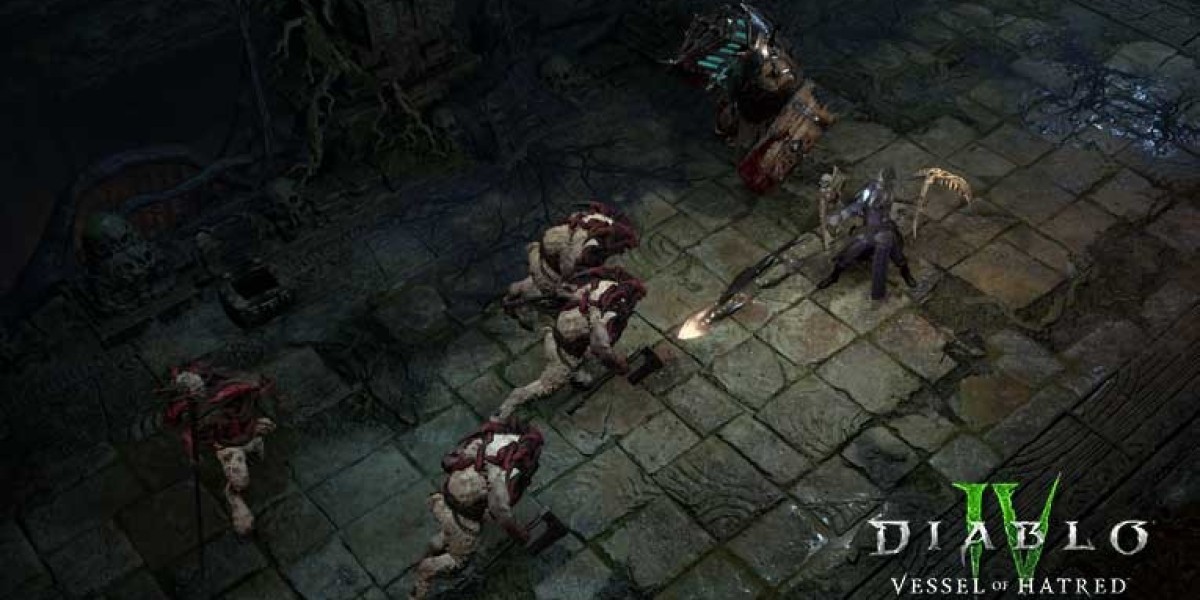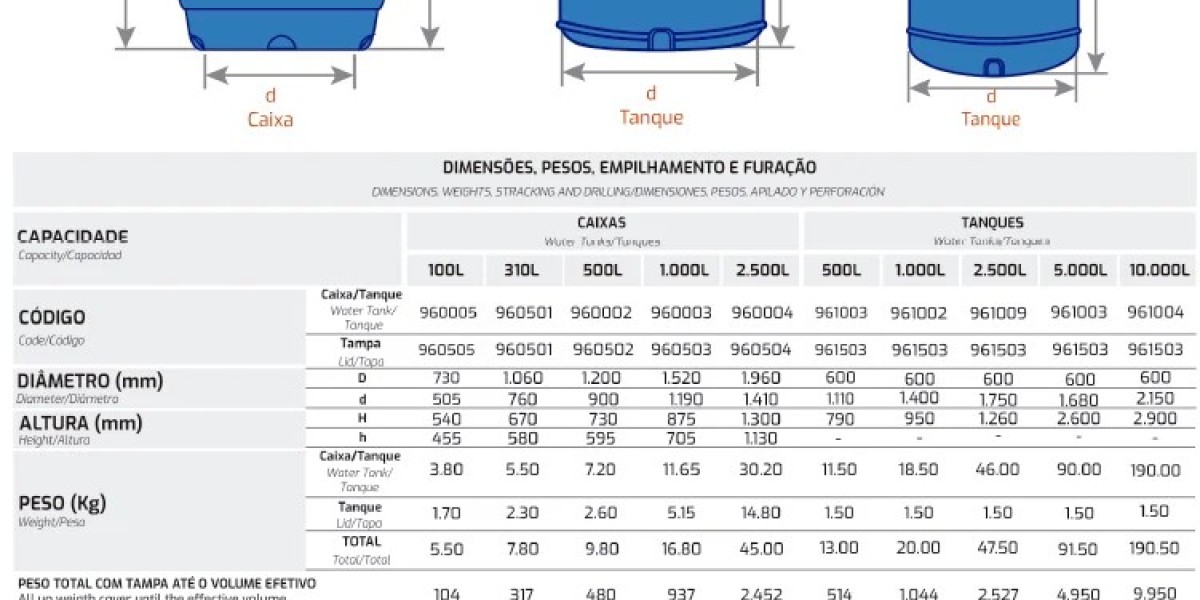Before the co-signs, before the collabs, before the global spotlight—Trapstar was from the ends. Not imagined in some fashion capital boardroom, not crafted by polished creatives chasing the next trend, but born out of West London. Its story is rooted in real streets, real struggle, and real culture. Trapstar isn’t just a brand that came up from the bottom—it’s a brand that is the bottom, the middle, and the top. And it never forgot where it came from.
From the Block to the Blueprint
Trapstar began in the early 2000s, built by three childhood friends—Mikey, Lee, and Will—who weren’t thinking about runways or Paris Fashion Week. They were thinking about how to represent their community, their experience, and their energy through clothing. West London wasn’t known for fashion, but it was rich with something deeper: style, authenticity, and a DIY spirit that ran through the estates and into every corner of the culture.
They started small. Printing tees in bedrooms, selling them out of the boot of a car, or straight off the back of someone wearing one. There was no hype machine—just word of mouth, a deep love for design, and a hunger to make something that reflected the people around them. That raw energy is what set Trapstar apart then, and it’s what keeps it grounded today.
The Ends as Inspiration
To understand the Trapstar store, you have to understand the ends. It's more than just slang for the neighborhood—it's the reality that shapes your mindset, your ambition, and your creativity. The ends taught you how to hustle. How to stand tall. How to move different. Trapstar absorbed all of that and turned it into something wearable.
You see it in the bold fonts. The militant silhouettes. The “IT’S A SECRET” taglines that feel like a nod to underground codes and unspoken rules. The ends are in the stitching, the design, the drop culture. It's in the way Trapstar never over-explains itself—because if you know, you know.
Built by the Culture, for the Culture
Trapstar’s rise wasn’t driven by traditional fashion media. It was driven by the culture that raised it—grime, UK rap, drill, and the everyday people who walk with confidence born out of struggle. The streets were the runway. The mandem were the models. And the music? That was the soundtrack.
As artists like Giggs, Skepta, Krept & Konan, and Stormzy started blowing up, they weren’t wearing Trapstar because of a stylist—they were wearing it because it was theirs. It came from the same place they did. It carried the same energy. That organic connection gave Trapstar a kind of authenticity you can’t manufacture. You either have it or you don’t.
Global Vision, Local Roots
Even as Trapstar’s profile skyrocketed—linking up with Roc Nation, collaborating with global icons, and selling out drops in minutes—the brand never left the ends behind. Instead, it brought the ends with it. On every jacket, every tee, every campaign, you can still feel that West London DNA.
Trapstar never polished itself to fit into fashion’s expectations. It made fashion meet its standards. Whether it's a jacket that feels like armor, or a hoodie that carries meaning deeper than the graphic, every piece still speaks the same language it always has.
A Symbol of Pride
For the people who wear Trapstar, it’s more than just a flex. It’s pride. It’s ownership of a narrative that’s often overlooked or misunderstood. To put on Trapstar is to represent where you come from, and show the world you don’t need to change who you are to be seen.
It’s for the kids who grew up dodging postcode wars and dreaming bigger than their surroundings. For the ones who learned to turn pressure into diamonds. Trapstar represents that transformation. It’s proof that fashion from the ends can reach the heights—without watering anything down.
More Than Fashion—It’s Legacy
Trapstar isn’t just a streetwear success story. It’s living proof that real culture, when nurtured and respected, doesn’t need validation from outsiders. It’s already valid. And it’s already powerful.
By staying true to their roots, Trapstar built something timeless. Something that bridges the local and the global. Something that shows young creatives that it’s possible to build from the ends for the ends—and still take over the world.
Conclusion
Trapstar’s real roots are what make it unstoppable. They’re messy, beautiful, hard-earned, and deeply embedded in the streets that birthed it. And that’s the secret to its success. It never tried to be something it wasn’t. It is the ends, in every thread.
And now? The world’s watching.



